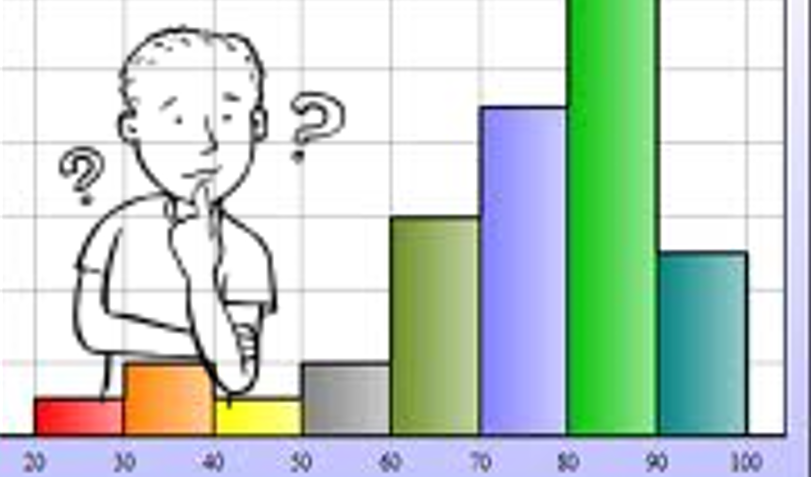Summary
This project was designed as an opportunity for SOL standards to be met and exceeded through relevant experiences, critical thinking, problem solving, collaboration, and creativity. The students were animal trackers solving a case for boy scouts who found animal tracks in the woods. Using Padlet and Google Drawing, students collaborated and communicated to make observations and inferences about the footprints from a hand-stamped bed sheet. From the information gathered, students researched the footprints and completed a graphic organizer on Google Docs. As this project was created as a cross-curricular unit, students used the second day to rotate through five different stations with their animal tracking group; (1) a reference material scavenger hunt using Google Docs, (2) a real life application technology station using Engage and Pixie to design a mock Twitter and Instagram account to display their animal tracking findings, (3) a hands on learning station in which students observed and dissected owl pellets, (4) a creative and collaborative writing station using Google Docs, (5) a differentiated and open-ended animal tracker math station with Google Docs that spiraled back to previously taught concepts. To finalize the unit, students evaluated each other’s writing and made comments for a final edit. The author made changes as he or she saw fit based on the suggestions, and concluded by developing a collaborative Google Presentation with each group member’s final copy, pictures, and transitions. Each animal tracking group made a final presentation to a first grade class illustrating their findings and creative writing stories.
TIPC Ratings
The teacher based this challenge on an authentic task of having students imagine they were wildlife trackers. Through this storyline, students were able to connect to their prior knowledge and use existing skills from all core subjects to attain information to complete activities. This included using a combination of observations, inferences, and research to figure out information about the animal footprints displayed on the mat. Proof that students were engaged in research was shown as they gathered images, used search engines to collect information on the different animal displayed, and even cited their sources. The teacher was able to formally assess the students as they displayed proficiency in researching by looking at graphic organizers created by the students as they collected information, and the fluidity of this information was also gauged through the use of the state and county writing rubrics and higher level thinking activities relating to the SOLs. The activities required creation through the use of technology, which allowed students to display and interact with their researched and prior knowledge. All of these assignments directly related to displaying fluency and proficiency for state SOLs and Henrico County expectations through authentic tasks. IDEAL/TARGET
Because communication is obtained in a variety of ways, the teacher designed this project to incorporate communication in a range of ways. Students communicated verbally in both a social and academic setting as they worked to reach agreements and display knowledge. Students collaborated digitally with Pixie and Engage to create a mock Instagram and Twitter accounts. They also used selected digital tools to communicate and collaborate with peer and teachers throughout the project using Padlet, Google Drawing, Google Docs, and Google Presentation. Furthermore, the students presented their final projects to a first grade class. The teacher was able to ensure that each student was involved in these forms of oral communication by questioning individuals, partners, and groups throughout the unit. Through the final survey given to each student digitally on Google Form, students reflected on their personal growth, successes through teamwork, critical thinking and problem solving strategies, and were able to state challenges they faced, how they overcame it, and reflect towards future growth. IDEAL/TARGET
All levels of Bloom’s Taxonomy questioning were displayed in this project. To begin this unit, students were faced with a scenario in which they would have to solve an authentic task. Problem solving strategies that were observed being used by the students included visualizing, collaboration, breaking problems into smaller parts, thinking situations through to see that they made sense, and self-correcting. These were especially observed at the five different critical thinking and problem solving stations; (1) a reference material scavenger hunt, (2) a real life application technology station, (3) a hands on learning station with scientific investigation, (4) a creative and collaborative writing station, (5) a differentiated and open ended animal tracker math station. Furthermore, students were required to defend their ideas verbally as they worked with their team, and give suggestions as they evaluated their peers’ writing. Students continually analyzed and made observations about the given set of footprints the first day, constantly adjusting their ideas as they gained more information through research, critical thinking and problem solving. Finally, students were able to reflect on these strategies as they completed the post-survey, although students self monitored as they went as well. IDEAL/TARGET.
The Chitman Wildlife Tracking Co. project provided opportunities for the students to be creative and innovative, while taking risks and connecting back to their prior knowledge. Students had the choice of expressing their creativity through several digital programs which included Google Presentation, Google Drawing, Google Docs, Engage, Pages, & Pixie as they created their own tracking company from the ground up. Innovative ideas and creative strategies were used daily to solve the boy scouts case. IDEAL/TARGET
About Mr. Ryan Stein
Mr. Ryan Stein is an educator that works with students at the elementary and high school level, as well as conduct workshops for college students and teachers throughout Virginia.





